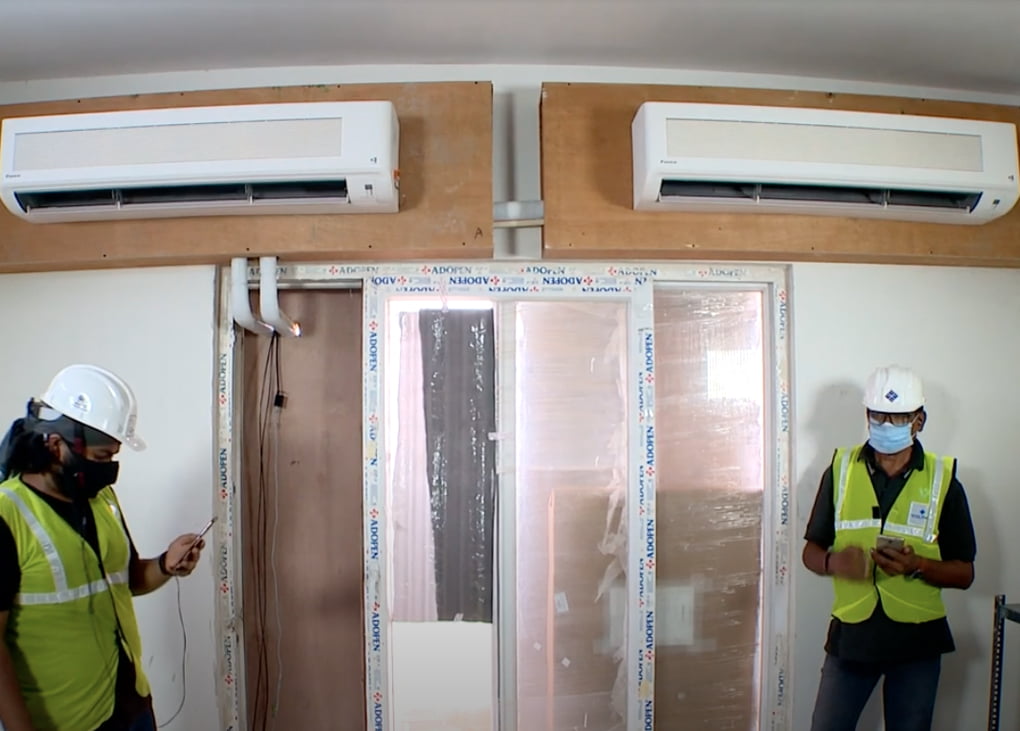Key players behind the Global Cooling Prize have launched a project to establish new performance metrics for air conditioners that will promote the uptake of next-generation technology.
The Global Cooling Prize was an innovation competition that offered prizes for developing a room air conditioner with five times less climate impact than a standard model in today’s market. It finished in April 2021, with a number of finalist teams meeting the competition criteria, and with the Daikin and Gree teams jointly winning the prize.
Now, the Global Cooling Prize team is circling back to an issue identified when it put the prototypes through their paces: the need for a better performance metric for air conditioners.
“Through the prize journey it became apparent that current performance metrics were not able to fully capture the energy-efficiency advantages of next-generation technologies that were optimised for real-world performance,” says the Global Cooling Prize team. “This represents a significant barrier to the adoption of these technologies. We are excited about leveraging these learnings from the prize, as well as leveraging other regional or international efforts where applicable, to address this key barrier to the adoption of next-generation room air conditioners.”
The goal of the project is to identify a minimum number of capacity or target load-based testing conditions that, when appropriately combined, can reflect the true performance of next-generation technologies in comparison to today’s technologies across multiple climate profiles.
The initial phase involves both dynamic real-world testing and, through combination, a total of more than 60 different static capacity or target load-based testing conditions. This phase will be supported by many of the leading manufacturers that engaged with the Global Cooling Prize, including Carrier, Daikin, Godrej, Gree, Transaera and Voltas. Also involved are the Clean Cooling Collaborative, the Rocky Mountain Institute (RMI), Lawrence Berkeley National Laboratory (LBNL), and CEPT University, India.
The key findings and recommendations from this work will be placed in the public domain and made available to standard-setting bodies around the world.
“Ultimately, we aim to provide manufacturers with a more complete target to design for — and provide consumers better information to guide their purchase decisions,” says the team. “Both will allow for more sustainable next-generation cooling to successfully access the market. This is critical if we are to approach the ambition under UNFCCC coming out of COP26 to transition to net-zero cooling.”
The project team is calling for other organisations to come forward if they wish to be included. For more information, contact RMI at [email protected]
 Mark Vender
Mark Vender


Leave a Reply